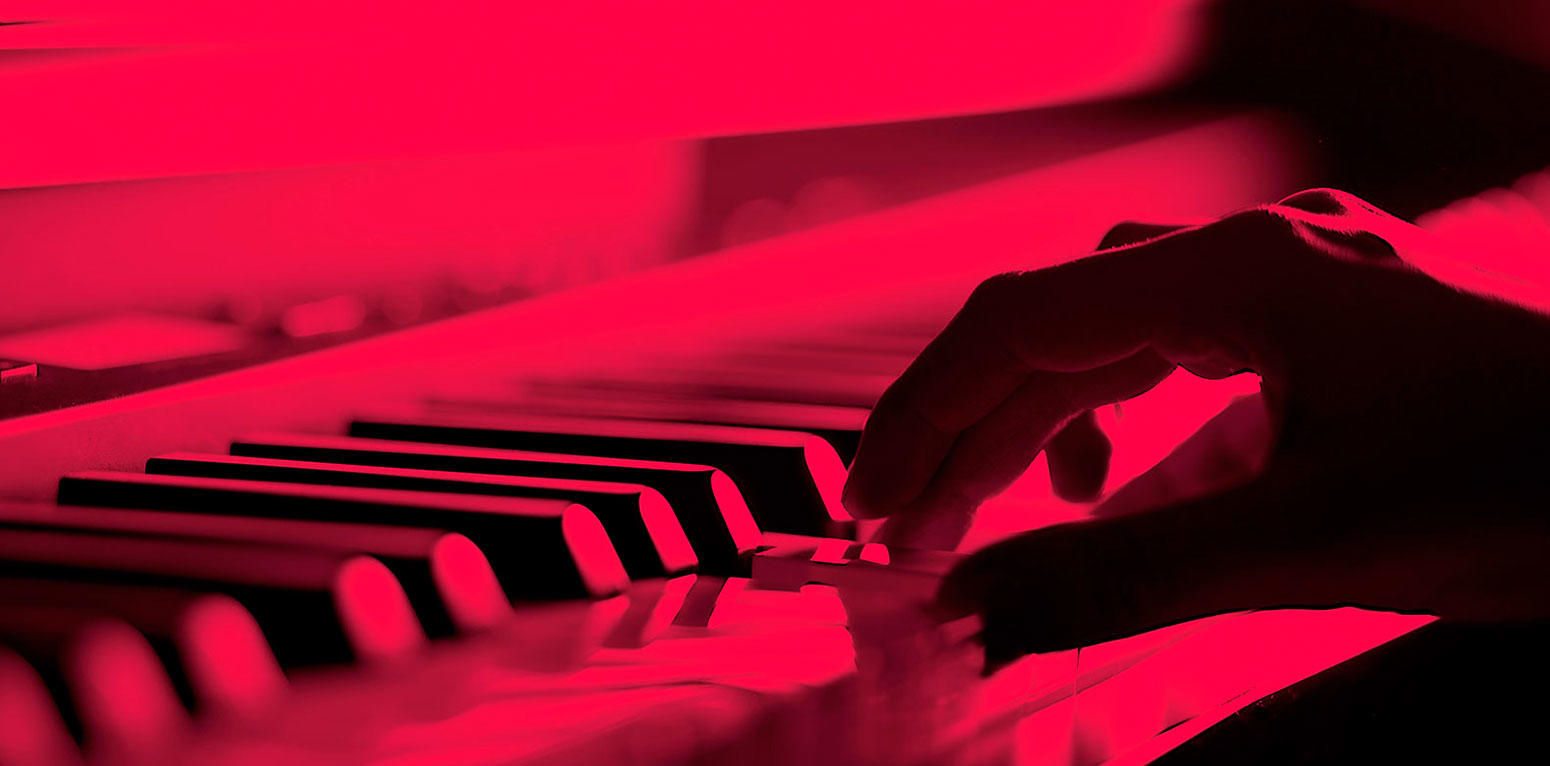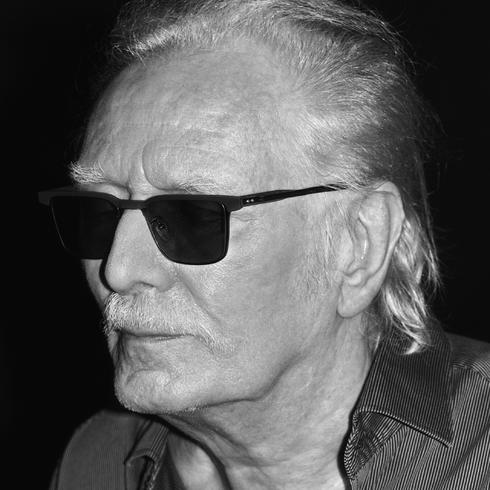
" Viola Concerto (2016-2017) "
Pour orchestre
Editions Boosey & Hawkes
SÉLECTION 2020
- Winner : The Young Audience Prize 2022
- Nominated for : The Musical Composition Prize 2021
The work consists of three movements. All three movements are based on a single "sound shape" (Klanggestalt) that emerges from a "primordial cell" of minor and major seconds and unfolds into a 30-tone melodic-harmonic figure that was not developed according to criteria of traditional tonality, but certainly according to aspects of musical logic.
This sound form is usually not resounding completely, instead parts of it are often split off, sequenced, varied etc. This design principle can be described as the "permanent development" of a structure that is theme-like in the broadest sense. In other words: this sound form and its equivalents in other works of mine are not rigid but flexible entities, in which the compositional approach to them is to avoid rigid mechanisms, but instead to repeatedly illuminate and reconfigure them structurally and expressively.
In order to express this moment of a contrasting change of perspective in a purely external way, I have chosen the classical three-movement concert form with its inherent diversity of movement characters.
The first movement may in some respects be reminiscent of a sonata form in that it is sometimes characterized by strong contrasts and exaggerations. In addition, the second half of the movement shows quite reprise-like features. A small cadenza, where the solo viola enters into a dialogue with a solo clarinet, is not missing.
The viola alone opens the second movement with a melancholy melody, inspired by the famous poem "Chanson d'automne" (Les sanglots longs des violons de l'automne...) by Paul Verlaine. This movement is dedicated to the memory of Pierre Boulez. The 9-bar melody, which grows out of the first segment of the sound shape, forms the foundation for a chaconne, i.e. a formally clearly structured chain of variations, towards the end of which the solo viola is required to display a maximum of virtuosity.
The third movement provides for an extremely lively tempo throughout and unfolds in the style of a rondo. However, there are never simple repetitions, but the main motive, derived from the sound shape, is continued differently with each recurrence, is, so to speak, set on a new path. In this polarity of identity and non-identity lies a moment of tension that has always been important to me.
York Höller - Cologne, February 2017

